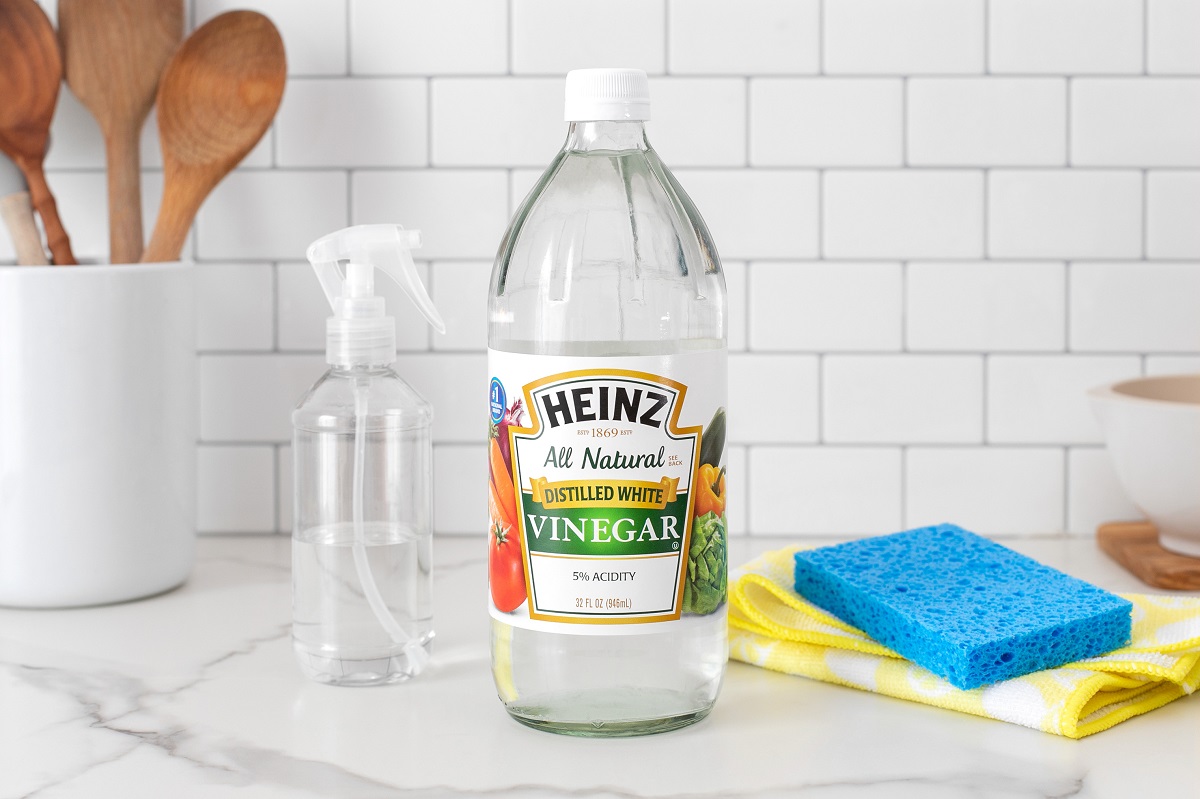Vinegar is more than just a kitchen staple; it’s a versatile ingredient that can enhance flavors, preserve foods, and even clean your home. But have you ever thought about making your vinegar? If you’re wondering how to make vinegar, you’re in the right place! In this guide, I’ll walk you through the simple process of making vinegar at home, ensuring it’s as easy as pie. Let’s dive in!
What is Vinegar?

Vinegar is a sour liquid produced through ethanol fermentation by acetic acid bacteria. While this sounds scientific, think of vinegar as the tangy cousin of wine or cider—it’s what happens when those delightful beverages take a sour turn!
The History of Vinegar
Vinegar has been around for thousands of years. Ancient civilizations, including the Egyptians and Romans, used vinegar for cooking and medicinal purposes. The fascinating history of vinegar shows us how this simple ingredient has stood the test of time.
Types of Vinegar
When it comes to vinegar, variety is the spice of life! There are numerous types of vinegar, each with its unique flavor profile and uses. Some popular types include:
- Apple Cider Vinegar: Made from fermented apple juice, it’s beloved for its health benefits.
- Balsamic Vinegar: A sweet and thick vinegar from Italy, perfect for salad dressings.
- White Vinegar: An ordinary household vinegar that is great for pickling and cleaning.
- Rice Vinegar: A milder vinegar used in Asian cuisine, especially in sushi.

The Benefits of Making Your Vinegar
You might wonder, “Why should I go through the trouble of making vinegar when I can buy it?” Here are a few compelling reasons:
- Customization: You can tailor the flavor by choosing your base (like wine or fruit).
- Quality Control: Making it at home ensures you know exactly what goes into it.
- Cost-Effective: Homemade vinegar can save you money in the long run, mainly if you use leftover scraps from other cooking projects.
Ingredients You Need
To embark on your vinegar-making journey, you’ll need just a few essential ingredients:
- Base Liquid: This could be wine, beer, or fruit juice.
- Vinegar Starter: You can use store-bought vinegar (preferably raw, unfiltered) or a vinegar mother, a colony of beneficial bacteria.
- Water: If you’re diluting juice or other bases.
How to Make Vinegar: A Step-by-Step Guide
Step 1: Gather Your Supplies
Before you start, make sure you have all your ingredients and tools handy:
- A glass jar or fermentation vessel
- Cheesecloth or a coffee filter
- A rubber band or string
Step 2: Prepare the Base
If you’re using fruit juice, ensure it’s fresh and preservative-free. For wine or beer, choose a good quality that you enjoy drinking.
Step 3: Combine Ingredients
Pour your base liquid into the jar, filling it about halfway. Add a couple of tablespoons of your vinegar starter. This is where the magic begins!
Step 4: Cover and Store
Cover the jar with cheesecloth or a coffee filter to allow airflow while keeping dust and insects out. Secure it with a rubber band. Store the jar in a dark, warm place, ideally between 60-80°F (15-27°C).
Step 5: Wait for Fermentation
Now comes the most challenging part: patience! Allow the mixture to ferment for about 2-3 weeks. You’ll notice a layer of gooey, gelatinous substance forming on the surface—this is your vinegar mother!

Fermentation Process Explained
During fermentation, yeast converts the sugars in your base liquid into alcohol, and then acetic acid bacteria turn that alcohol into vinegar. This dual transformation gives vinegar its distinct flavor and sourness.
Tips for Successful Vinegar Making
- Keep It Clean: Sanitize all your equipment to prevent unwanted bacteria.
- Monitor Temperature: Maintain a stable environment for optimal fermentation.
- Taste Test: Don’t be afraid to taste your vinegar to see how the flavor develops!
Common Mistakes to Avoid
- Using Filtered Vinegar: Avoid pasteurized or filtered vinegar as it may kill the beneficial bacteria needed for fermentation.
- Neglecting to Stir: Give your mixture a gentle stir every few days to ensure even fermentation.
- Rushing the Process: Remember, good things take time. Don’t rush the fermentation!
How to Store Your Homemade Vinegar
Once your vinegar has reached your desired taste, it’s time to bottle it up! Use clean, sterilized bottles, and store them in a cool, dark place. Homemade vinegar can last several months, but the flavor will be best in the first year.
Uses for Your Homemade Vinegar
Homemade vinegar isn’t just for salads! Here are some exciting ways to use it:
- Cooking: Add it to marinades or dressings for a zesty kick.
- Preserving: Use it to pickle vegetables and fruits.
- Cleaning: Mix with water for a natural cleaning solution.
Fun Flavored Vinegar Ideas
Want to spice up your vinegar game? Here are a few fun ideas:
- Herb-Infused Vinegar: Add fresh herbs like rosemary or basil for a fragrant twist.
- Spicy Vinegar: Throw in some chili peppers for a kick.
- Fruit-Infused Vinegar: Mix in berries or citrus for a fruity flavor.
How to Use Vinegar in Cooking
Vinegar is a culinary superstar. Its acidity balances flavors and elevates dishes. Use it to brighten up soups, enhance sauces, or even deglaze pans after cooking meats.

Cleaning with Vinegar
Did you know vinegar can also be a powerful cleaning agent? Its acidity helps dissolve grime, making it perfect for:
- Windows and Mirrors: Mix equal vinegar and water for a streak-free shine.
- Kitchen Surfaces: Wipe down counters and cutting boards for a fresh clean.
- Laundry: Use it as a natural fabric softener.
Conclusion and Final Thoughts
Making your own vinegar is easy and rewarding. You can experiment with flavors, control the ingredients, and save money in the process. So why not give it a try? You might find that homemade vinegar becomes your new kitchen essential!

